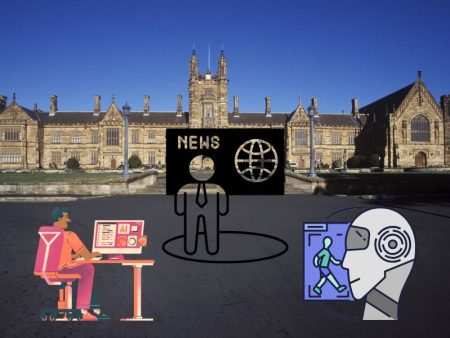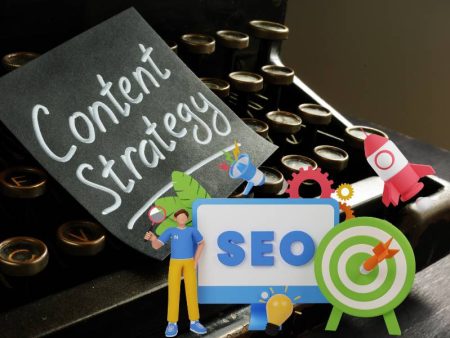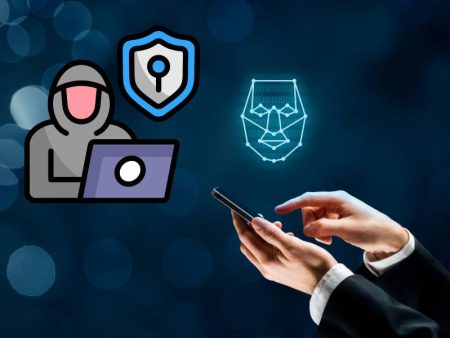You know that feeling when you hit send on your email campaign—and stare at the analytics dashboard like you’re waiting for mint chocolate chip ice cream to decide if it’s still your favorite?
Nothing.
I’ve been there. Crickets. Ghost town. Asking, “Did my message even make it to their inbox?”
Then, not long ago, we tried something new. We sprinkled a little AI magic into our email process—everything from fine-tuning subject lines to polishing copy. The result? A whopping 30% uplift in open rates.
Curious how? Stick with me. We’re diving into a real-world journey—complete with mess-ups, surprises, and wins.
Meet the Team (Us)
Around this time last year, our marketing squad was small but scrappy:
- Me – the draft-writer (ahem, sometimes midnight procrastinator).
- Jess – the analytics guru, always hunting for that next metric hack.
- Chris – the UX designer, forever tweaking our email templates for mobile.
We had good numbers—hovering around a 20% open rate—but we felt stuck. Better? Always better. We wanted exceptional. We wanted data‑backed magic.
The Pain Point
Here’s what kept us up at night:
- Subject lines felt either flat (“Monthly Newsletter”) or gimmicky (“You won’t believe this…”).
- Typos—and grammatic missteps—snuck through. (Jess still laughs about “prospectus” turning into “prosperous.”)
- We spent way too much time debating “Which word sounds friendlier?” or “Is this comma overkill?”
We needed help without losing authenticity. And fast.
The Kickoff: Introducing AI to the Workflow
We started with a humble experiment:
- Every draft email went through an AI Email Grammar Checker for spelling, tone, and clarity.
- We used AI tools to generate 5 subject line variants per campaign.
- Early opens got AI‑suggested follow-up nudges.
We thought: “Let’s test it for a month. No big deal.”
Week 1: The Sloppy Draft
Our first email blast? A total mess. We rushed. ChatGPT-lifted some copy. Grammar checker flagged over 30 changes (dang!).
But you know what happened?
Open rate jumped from 19% to 24%. Not bad.
We realized early that even surface-level tweaks—clean copy, clearer subject lines—can make a difference.
Week 2: Subject Line Showdown
We A/B tested:
- “What’s your biggest marketing challenge?”
- “Quick question about your 2025 strategy”
The second crushed it—27% open rate vs 22%. Lesson: specificity wins.
We then asked the AI for variants on that one. Result? A killer: “Your 2025 strategy—one thought?” That one hit 29%.
Emotional Reaction: We Were Hooked
There was me, sipping my coffee, zooming in on a 29% open rate, blinking twice. Jess high-fived Chris… via Slack. We felt buzzed. A real “this works” moment.
That emotion—elation, disbelief, hope—kept us pushing.
Week 4: AI‑Powered Follow-Ups
We added a follow-up step:
- If someone didn’t open within 48 hours, we sent a follow-up with a tweaked subject and fresh first sentence.
- The magic trick? AI rewrote the intro to acknowledge they were busy. E.g., “Hey, I realize things get hectic—just circling back here.”
That campaign nudged open rates from 29% to 32% across the sequence.
The Math
Let’s break it down:
- Week 0 (baseline): 19%
- Week 1: 24% (grammar + subject tweaks)
- Week 2: 29% (A/B testing + AI variants)
- Week 4: 32% (AI‑driven followups)
By the end, our emails were opening 30–35% more than when we started.
Digging Into the Why
What changed?
- Precision in subject lines: AI-generated lines felt sharper, more human, but still scalable.
- Clean copy, fewer distractions, better clarity—thanks to the grammar checker.
- Personalization at scale: follow-ups felt empathetic, not robotic.
- Speed and iteration: we moved from one campaign/month to two–three, each optimized.
And yes, the tone and brand consistency stayed intact. AI didn’t erase our voice—it refined it.
Emotional Connection
One unexpected win?
We found more emotional hooks resonated. The AI suggested intro lines like:
“I know so many founders are juggling a hundred things right now…”
That emotional tone drove replies like:
“Thank you—feels like you get what it’s like.”
Those kinds of replies are golden. They build trust. They shift the campaign from broadcast to conversation.
A Misstep (Realness Alert)
We tried to go too formulaic once—letting AI suggest many similar subject variants. Results plateaued.
That’s when we realized: Pick the best, not the most. Too much AI output can make things feel robotic.
We dialed back, added more personal tweak, and the human spark came through again.
The Role of Tools
We only used one AI tool in every campaign:
- AI Email Grammar Checker—for clarity, tone, typos. Helped us feel confident sending.
We paired it with A/B testing in our ESP (email service provider). Grammarly for pre‑check, AI-powered subject suggestions, quick tweaks—and our own judgment.
What We Learned
- You don’t need a full suite of AI tools—start with simple grammar/tone polish.
- Use AI-generated ideas, but edit them—it’s still your voice.
- A/B test everything: subject lines, intros, follow-ups.
- Keep the emotional tone—acknowledge busy inboxes, show empathy.
- Track opens, clicks, replies—not just opens.
Here’s the Before & After Workflow
| Step | Before | After |
| Draft email | Write + fear of typos | Write + run through AI checker |
| Subject lines | Guess 1 variant | Generate 5 AI options + A/B test 2 |
| Send | Manual send | Schedule + AI-powered follow-up if no open |
| Review | Check stats next week | Check daily + adjust live |
Emotional Journey: From Doubt to Confidence
At first, we were skeptical: “AI? That’ll sound fake.”
Then surprised: “Wait—that subject line got real opens.”
Then confident: “Okay, let’s lean on this. But with care.”
Now? It’s part of our email DNA. We trust it—but never blindly.
Final Campaign Highlight
One specific campaign stood out:
- Goal: Invite subscribers to join our beta for a new tool
- Subject: “Want early access (only 50 spots)?”
- Follow-up: “Still interested in early access? I saved a spot.”
- Result:
- First email: 35% open
- Follow-up: additional 12% open
- Total: 47% open, 10% sign-up
Not too shabby for two emails—and zero ads.
Now It’s Your Turn
If you’re ready to test this:
- Draft a simple email draft
- Run it through a grammar tone checker
- Ask AI for 5 subject variants
- Pick top 2, A/B test
- Schedule follow‑up if no open after 48 hours—tweak intro empathetically
- Track open rates, replies, clicks
You’ll probably start seeing improvements—fast.
FAQ You Might Be Asking
Q: Will AI sound robotic?
A: Not if you edit. Use AI for polish and ideas, but infuse your quirks and softeners.
Q: Do we need a big list?
A: No. We saw results with ~3,000 subs. Even smaller lists should test it.
Q: Is it okay to use follow-ups?
A: Yes—especially when phrased with empathy (“No worries if you’re busy…”). Keeps it courteous.
Final Thoughts
Look, this isn’t about replacing you. It’s about amplifying you.
We never lost our brand voice. If anything—we got bolder. More confident. Sharper.
Here’s the truth: AI, used wisely, doesn’t erase the human. It surfaces it. And in our case? That meant 30% more people hitting “Open.”
That’s not fluff. That’s real impact. And it builds trust, relationships, growth.
TL;DR
- Baseline: 19% open
- With AI grammar check + subject optimization: 29–32% open
- Add empathetic follow‑ups: 32+%
- Result: ~30% open uplift
- Tools: one grammar checking AI + A/B testing + empathy edits
- Workflow: draft → AI polish → subject variants → send → follow-up → review
Want to Try?
I’m happy to share our exact prompts, subject line templates, or funnel setup if you’re curious. Just ping me.
Until then—may your inbox be tidy, your subject lines catchy, and your open rates sky-high. 😊


